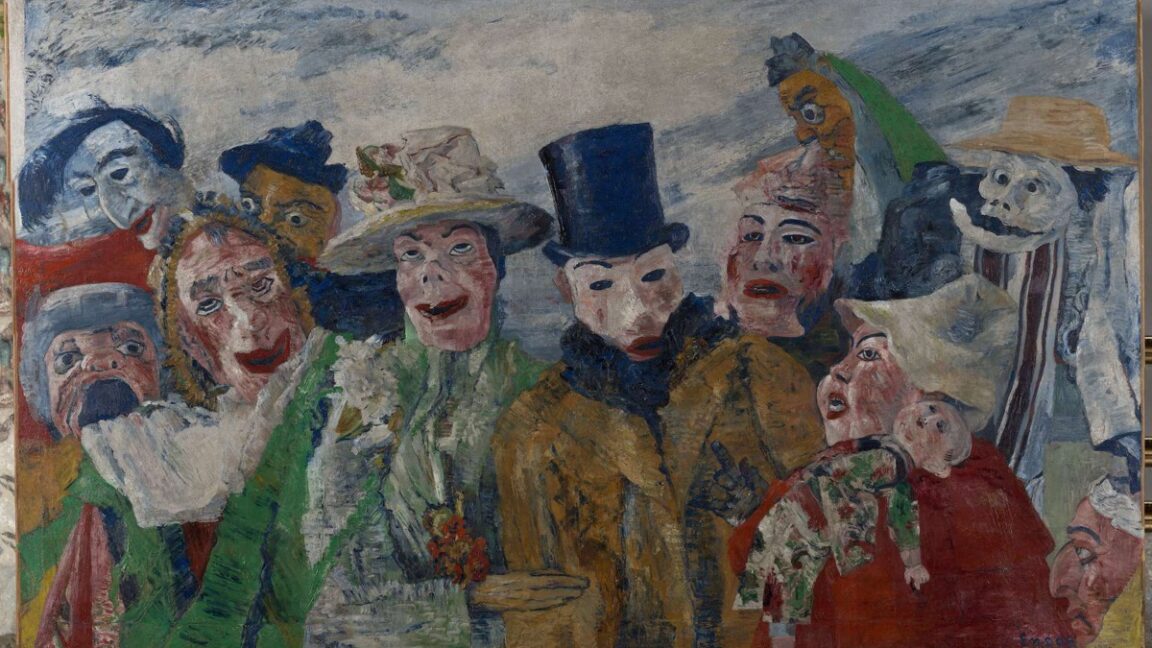
"Perhaps most relevant to this current paper is a 2020 study in which scientists analyzed Edvard Munch's The Scream, which was showing alarming signs of degradation. They concluded the damage was not the result of exposure to light, but humidity—specifically, from the breath of museum visitors, perhaps as they lean in to take a closer look at the master's brushstrokes. Let there be (X-ray) light Emerald-green pigments are particularly prone to degradation, so that's the pigment the authors of this latest paper decided to analyze."
"The first step was to collect emerald-green paint microsamples with a scalpel and stereomicroscope from an artwork of that period-in this case, The Intrigue (1890) by James Ensor, currently housed in the Royal Museum of Fine Arts, Antwerp in Belgium. The team analyzed the untreated samples using Fourier transform infrared imaging, then embedded the samples in polyester resin for synchrotron radiation X-ray analysis. They conducted separate analysis on both commercial and historical samples of emerald-green pigment powders and paint tubes, including one from a museum collection of paint tubes used by Munch."
A 2020 study found that degradation of Edvard Munch’s The Scream resulted from humidity—specifically the breath of museum visitors—rather than light. Emerald-green pigments are particularly prone to decay, prompting focused analysis of that pigment. Researchers microsampled emerald-green paint from James Ensor’s The Intrigue (1890) and analyzed untreated samples using Fourier transform infrared imaging, then embedded samples in polyester resin for synchrotron radiation X-ray analysis. Both commercial and historical pigment powders and paint tubes, including a Munch tube, were examined. Paint mockups were prepared and subjected to UV and humidity aging protocols to test effects on degradation.
Read at Ars Technica
Unable to calculate read time
Collection
[
|
...
]